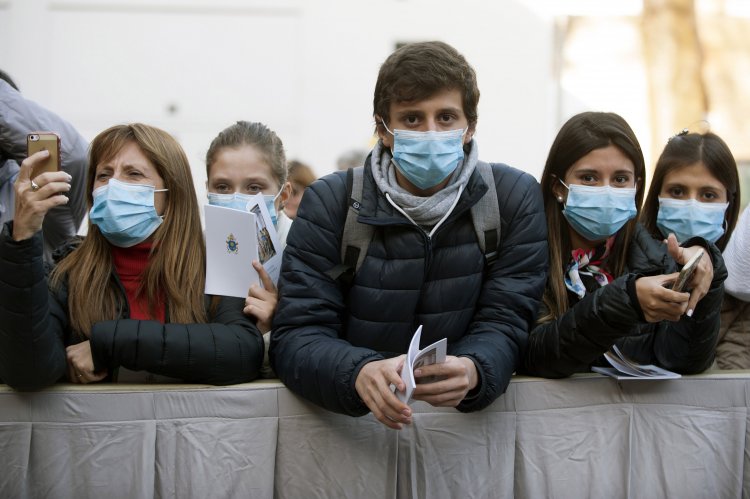WHO Updates The New Drivers Of The Pandemic To Be The Young Adults

Manila: The World Health Organization (WHO) said on Tuesday it was concerned that the novel coronavirus spread was being driven by people in their 20s, 30s and 40s, many of whom were unaware they were infected, posing a danger to vulnerable groups.
WHO officials said this month the proportion of younger people among those infected had risen globally, putting at risk vulnerable sectors of the population worldwide, including the elderly and sick people in densely populated areas with weak health services.
“The epidemic is changing,” WHO Western Pacific regional director, Takeshi Kasai, told a virtual briefing. “People in their 20s, 30s and 40s are increasingly driving the spread. Many are unaware they are infected.”
“This increases the risk of spill over to the more vulnerable,” he added.
A surge in new cases has prompted some countries to re-impose curbs as companies race to find a vaccine for a virus that has battered economies, killed more than 770,000 people and infected nearly 22 million, according to a Reuters tally.
Countries putting their own interests ahead of others in trying to ensure supplies of a possible vaccine are making the pandemic worse, WHO chief Tedros Adhanom Ghebreyesus said in Geneva on Tuesday.
“(Acting) strategically and globally is actually in each country’s national interest - no one is safe until everyone is safe,” he told a virtual briefing calling for an end to “vaccine nationalism”.
Surges in infections have been reported in countries that had appeared to have the virus under control, including Vietnam, which until recently went three months without domestic transmission due to its aggressive mitigation efforts.
“What we are observing is not simply a resurgence. We believe it’s a signal that we have entered a new phase of pandemic in the Asia-Pacific,” Kasai said.
He said countries were better able to reduce disruption to lives and economies by combining early detection and response to manage infections.















































